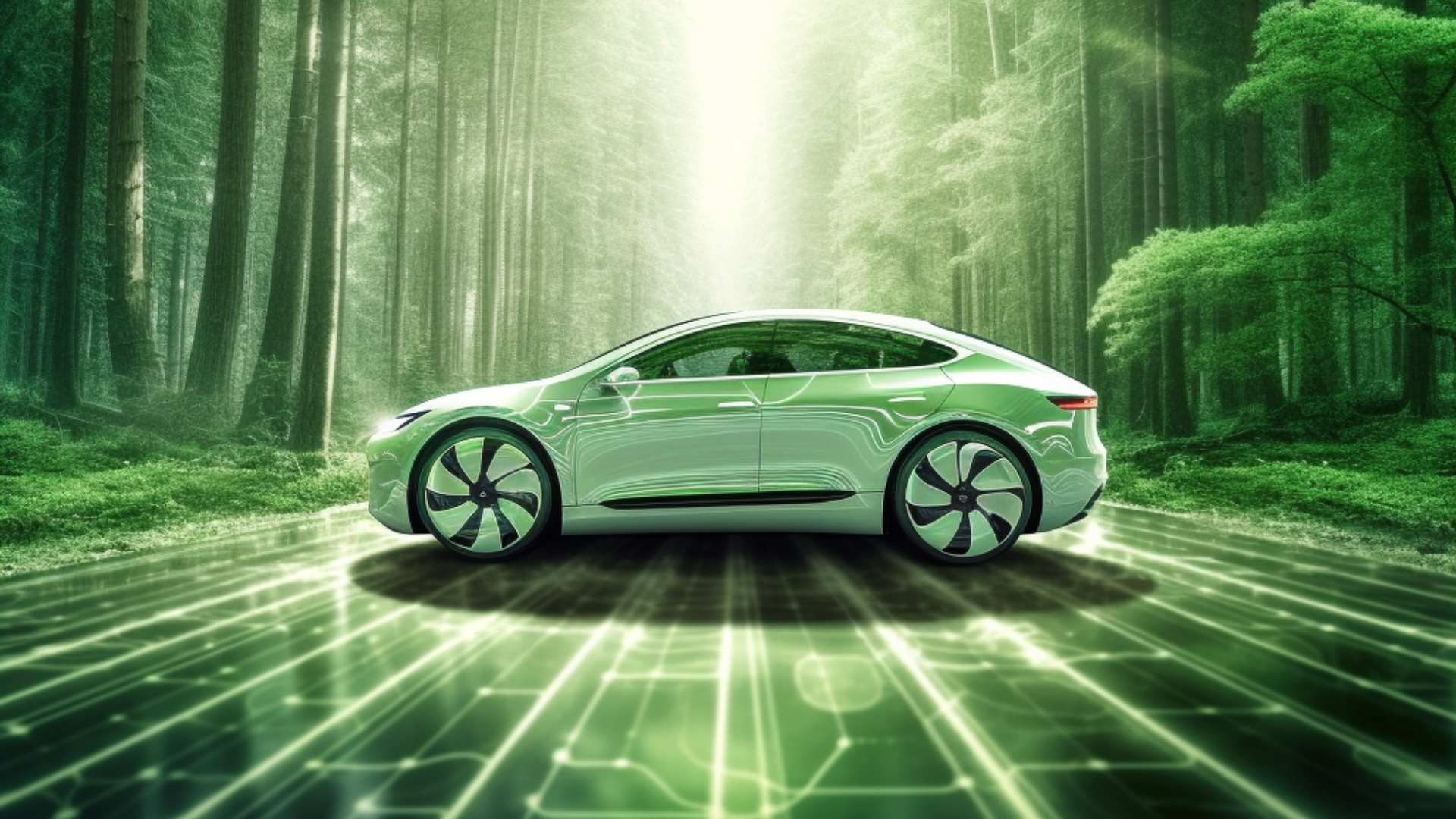In recent years, electric vehicles (EVs) and hybrid electric vehicles (HEVs) have emerged as pivotal innovations in the automotive industry, promising significant environmental advantages over traditional internal combustion engine (ICE) vehicles. This comprehensive exploration delves into the multifaceted environmental benefits of EVs and HEVs, emphasizing their role in reducing greenhouse gas emissions, improving air quality, promoting energy efficiency, and advancing global sustainability goals.

1. Introduction: The Rise of Electric and Hybrid Vehicles
Electric and hybrid vehicles represent a paradigm shift towards cleaner, more sustainable transportation options. EVs operate solely on electric motors powered by rechargeable batteries, while HEVs combine electric motors with gasoline engines to optimize fuel efficiency and reduce emissions. This transition away from fossil fuels marks a crucial step towards mitigating climate change and addressing urban air quality challenges.
2. Greenhouse Gas Emissions Reduction
One of the primary environmental benefits of electric and hybrid vehicles is their substantial reduction in greenhouse gas emissions:
- Zero Tailpipe Emissions: EVs produce zero tailpipe emissions, eliminating pollutants like carbon dioxide (CO2), nitrogen oxides (NOx), and particulate matter (PM) that contribute to air pollution and climate change.
- Lifecycle Emissions: When considering emissions from electricity generation, EVs generally have lower overall lifecycle emissions compared to ICE vehicles, particularly as electricity grids transition to renewable energy sources such as wind, solar, and hydroelectric power.
3. Improved Air Quality and Health Benefits
Electric and hybrid vehicles contribute to cleaner air and healthier communities:
- Local Air Pollution Reduction: By eliminating direct emissions from tailpipes, EVs and HEVs help reduce urban smog and improve air quality in congested city centers.
- Noise Reduction: Electric vehicles operate silently compared to their gasoline counterparts, contributing to quieter urban environments and reducing noise pollution.
4. Energy Efficiency and Resource Conservation
EVs and HEVs are more energy-efficient than conventional ICE vehicles:
- Electric Drive Efficiency: EVs convert a higher percentage of electrical energy from the grid to power the wheels, typically exceeding the efficiency of gasoline engines which lose energy through heat and friction.
- Regenerative Braking: Both EVs and HEVs utilize regenerative braking systems to capture kinetic energy during deceleration, converting it into usable electricity to recharge the battery and improve overall energy efficiency.
5. Renewable Energy Integration and Grid Stability
The widespread adoption of electric vehicles supports the integration of renewable energy sources into the electricity grid:
- Vehicle-to-Grid (V2G) Technology: EVs can serve as mobile energy storage units, enabling bidirectional energy flow between vehicles and the grid. This capability helps balance electricity demand, stabilize the grid, and maximize the use of renewable energy generation.
- Solar and Wind Synergies: Charging EVs with electricity generated from solar panels and wind turbines reduces reliance on fossil fuels and promotes sustainable energy practices.
6. Economic and Social Benefits
Electric and hybrid vehicles offer economic savings and social advantages:
- Lower Operating Costs: EVs have lower fuel and maintenance costs over their lifetime compared to ICE vehicles, offering long-term economic benefits to consumers.
- Healthcare Savings: Reduced air pollution from EV adoption leads to lower healthcare costs associated with respiratory and cardiovascular diseases, benefiting public health and well-being.
7. Government Policies and Infrastructure Development
Government incentives and infrastructure investments play crucial roles in accelerating the adoption of electric and hybrid vehicles:
- Financial Incentives: Tax credits, rebates, and subsidies encourage consumers to purchase EVs and HEVs, offsetting higher upfront costs and stimulating market demand.
- Charging Infrastructure: Expansion of public and private charging infrastructure networks enhances convenience and accessibility for EV owners, addressing range anxiety and supporting widespread adoption.
8. Technological Advancements and Market Expansion
Ongoing advancements in battery technology and vehicle design are driving the growth and acceptance of electric mobility:
- Battery Innovations: Improvements in battery energy density, charging speed, and lifespan are enhancing the performance and affordability of electric vehicles.
- Market Competitiveness: Increased competition among automakers to develop electric models is expanding consumer choice and accelerating innovation in automotive technology.
9. Global Sustainability Goals and Future Outlook
Electric and hybrid vehicles play a pivotal role in achieving global sustainability goals and combating climate change:
- Carbon Neutrality: Transitioning to electric mobility is essential for reducing global carbon emissions and achieving net-zero carbon targets outlined in international climate agreements.
- Urban Planning and Mobility Solutions: EVs and HEVs support sustainable urban development by reducing traffic congestion, improving air quality, and enhancing mobility options for urban residents.
10. Conclusion: Embracing Electric Mobility
Electric and hybrid vehicles represent a transformative shift towards sustainable transportation solutions, offering environmental, economic, and societal benefits. By reducing greenhouse gas emissions, improving air quality, and promoting energy efficiency, EVs and HEVs are paving the way towards a cleaner and greener future. As global awareness of climate change grows, the adoption of electric mobility is essential for preserving the planet for future generations. Embrace the future of electric mobility, and join the movement towards sustainable transportation that ensures a healthier and more prosperous world for all.



